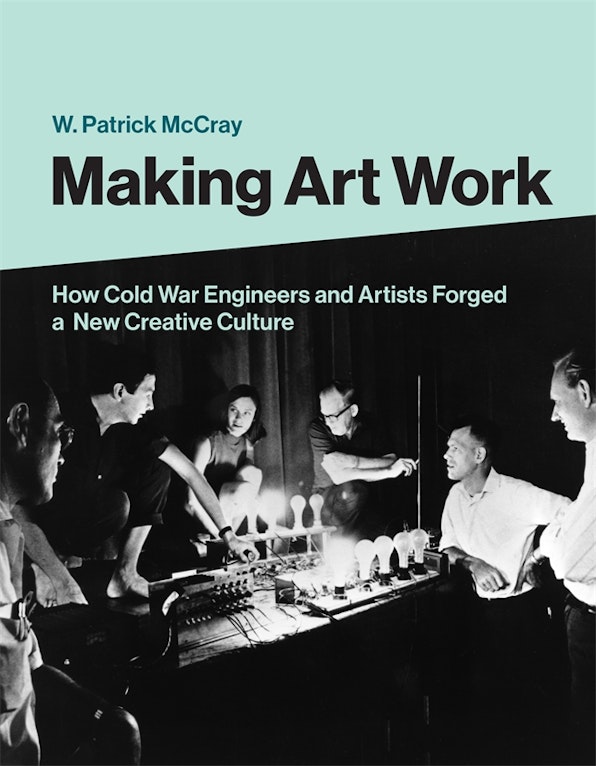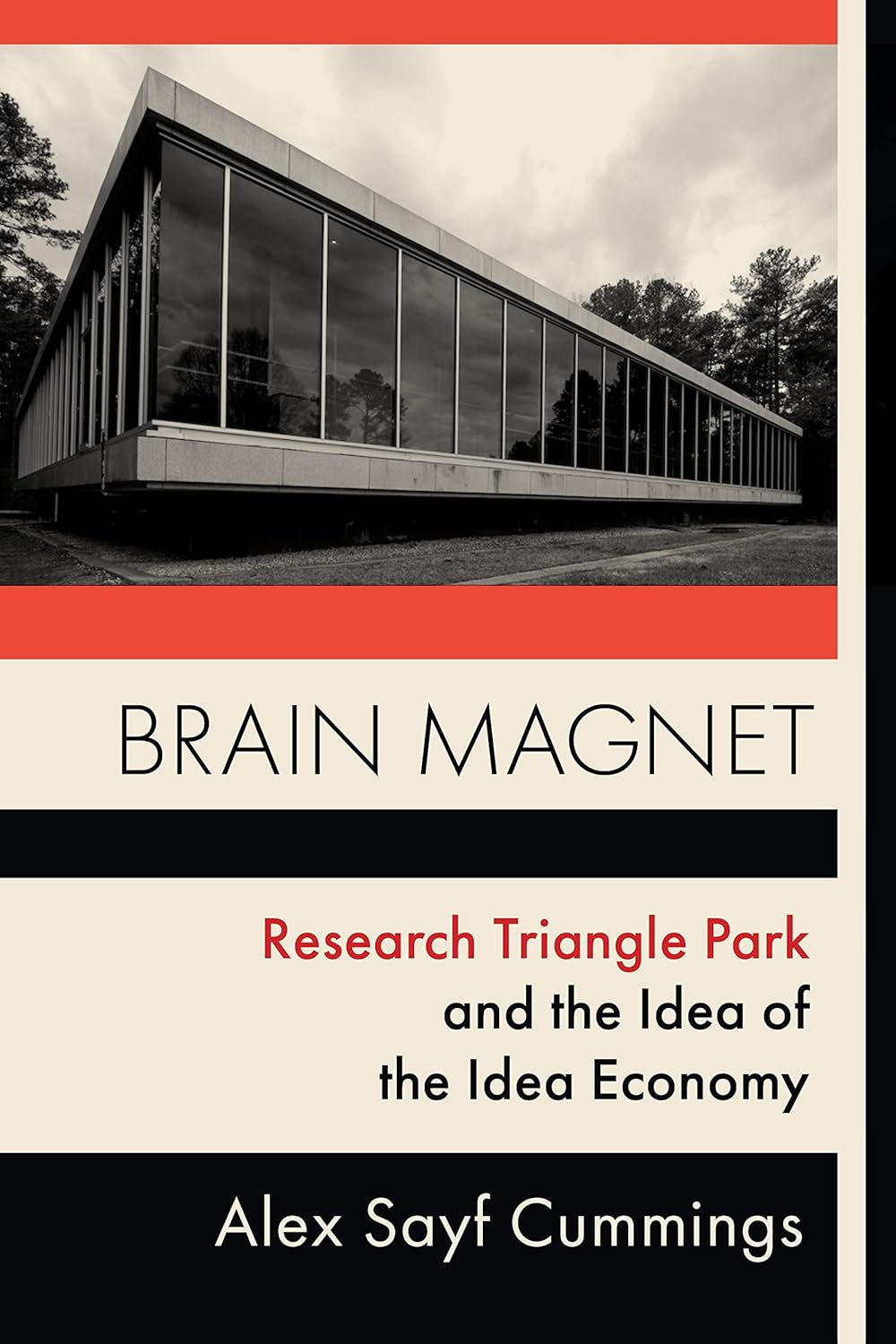A powerful group in both their importance to the emerging knowledge economy and their deeply ambiguous positioning within American capitalism, the PMC created norms that now dominate the nation’s sense of itself. Professional training, expertise, education, credentialization, technical acumen, and an ideal of meritocratic advancement (usually more fiction than actuality)—this is now the vision of how to get ahead and stay ahead in the United States. The PMC also, as Barbara Ehrenreich would later write, possesses an intense “fear of falling” from their class position. As Clark Kerr imagined they would in 1963, the PMC has played a crucial role in shaping American culture and politics, but perhaps not in the ways he expected. Instead of happily working in the knowledge factory of the coming information society and information economy, the PMC has instead remained a confusing and unstable force in American life, pushing forward what Alex Sayf Cummings cleverly calls the “idea of the idea economy,” what W. Patrick McCray names as a “creative culture,” and Margaret O’Mara simply describes as “the remaking of America.”
These three historians do not take up the theory of the Professional Managerial Class explicitly—O’Mara focuses on the political economy of Silicon Valley, McCray combines the history of technology with the sociology of art to tell the tale of the Technology-and-Art movement, and Cummings investigates Research Triangle Park in North Carolina as an unexpected origin point for today’s knowledge economy—but each in her or his own way also tracks the rise of the PMC. Together, their books reveal something important: Cummings, McCray, and O’Mara all notice how close-knit networks have shaped the nature of PMC membership. The knowledge economy expanded, but the Professional Managerial Class actually remained quite constrained, with access to it fraught for those not already situated at its most privileged levels.
In Margaret O’Mara’s political and business history of Silicon Valley, we realize that even in this most celebrated of locations, where tech was supposedly revolutionizing everything and a New Economy had emerged on the Information Superhighway, the on-ramps were few and far between. Instead, a tight circle of venture capitalists, engineers, and programmers consolidated power rather than spreading it to a broader populace. McCray examines collaborations between elite avant-garde artists and postwar engineers; these eccentric, edgy connections across disciplinary divides yielded strange and wonderful art, yet ultimately the dream of breaking through to radical reimaginings of technological society led back only to the existing economic imperatives of commerce and industry. In Cummings’ book on Research Triangle Park in North Carolina, the story of the PMC takes a Southern twist, and the new knowledge factory sometimes looks as much like an update to the old paternalistic Southern mill town as it does like a bold new vision of the New South and the information age.
In these books, we see again and again the PMC flicker into view: both its dream of realizing a more rationalized, meritocratic, and flourishing postindustrial civilization for the many often and its often-hypocritical role providing technicians for implementing ever more barbaric form of capitalist exploitation and immiseration.


